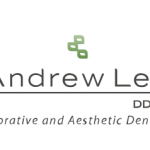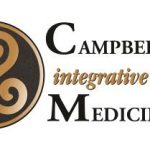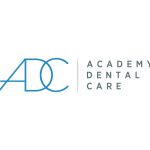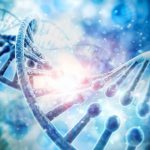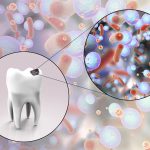
Dr. McGlennen: Tell me how you use OralDNA® salivary diagnostics.
Ashley RDH: I use OralDNA® salivary diagnostics to assist with the diagnosis and treatment planning of periodontal disease. The MyPerioPath® and Alert 2™ testing options are typically the tests we recommend most frequently.
Dr. McGlennen: What are the top two things to consider when you select a patient for testing?
Ashley RDH: I consider the history of their disease. I routinely recommend testing for any patient who ...
Read More

